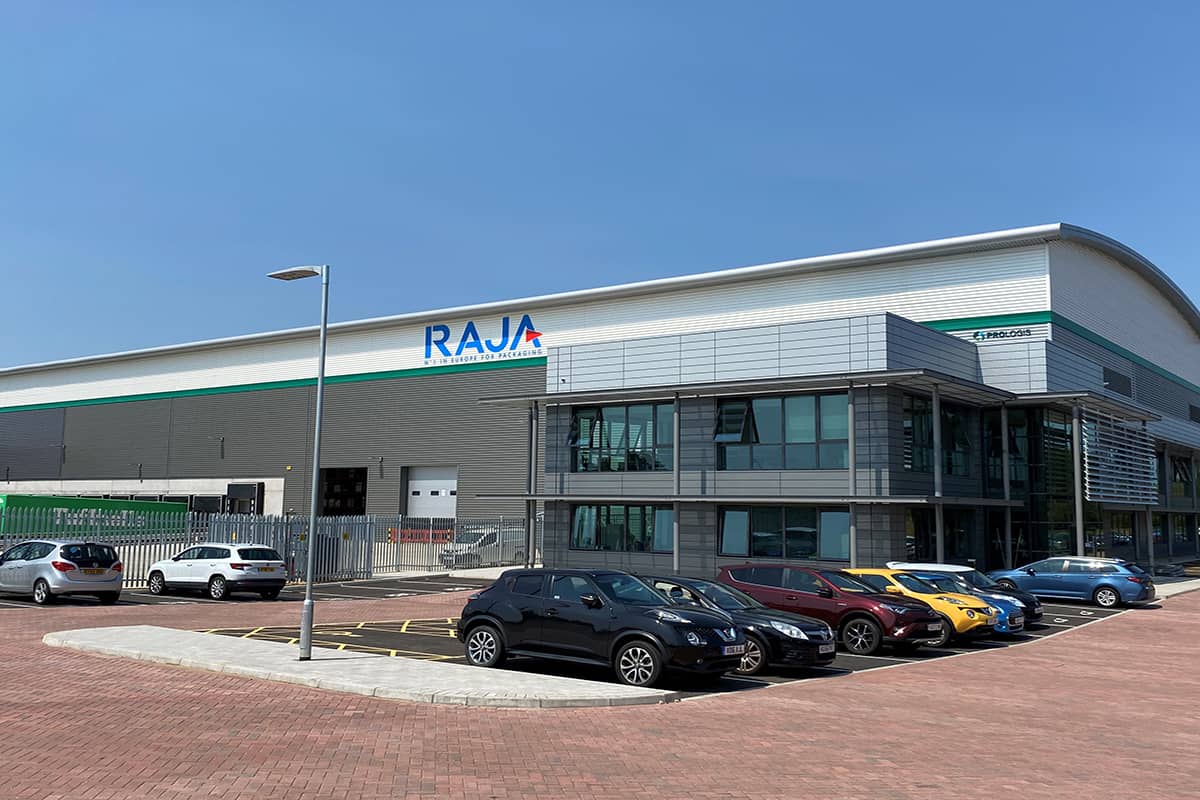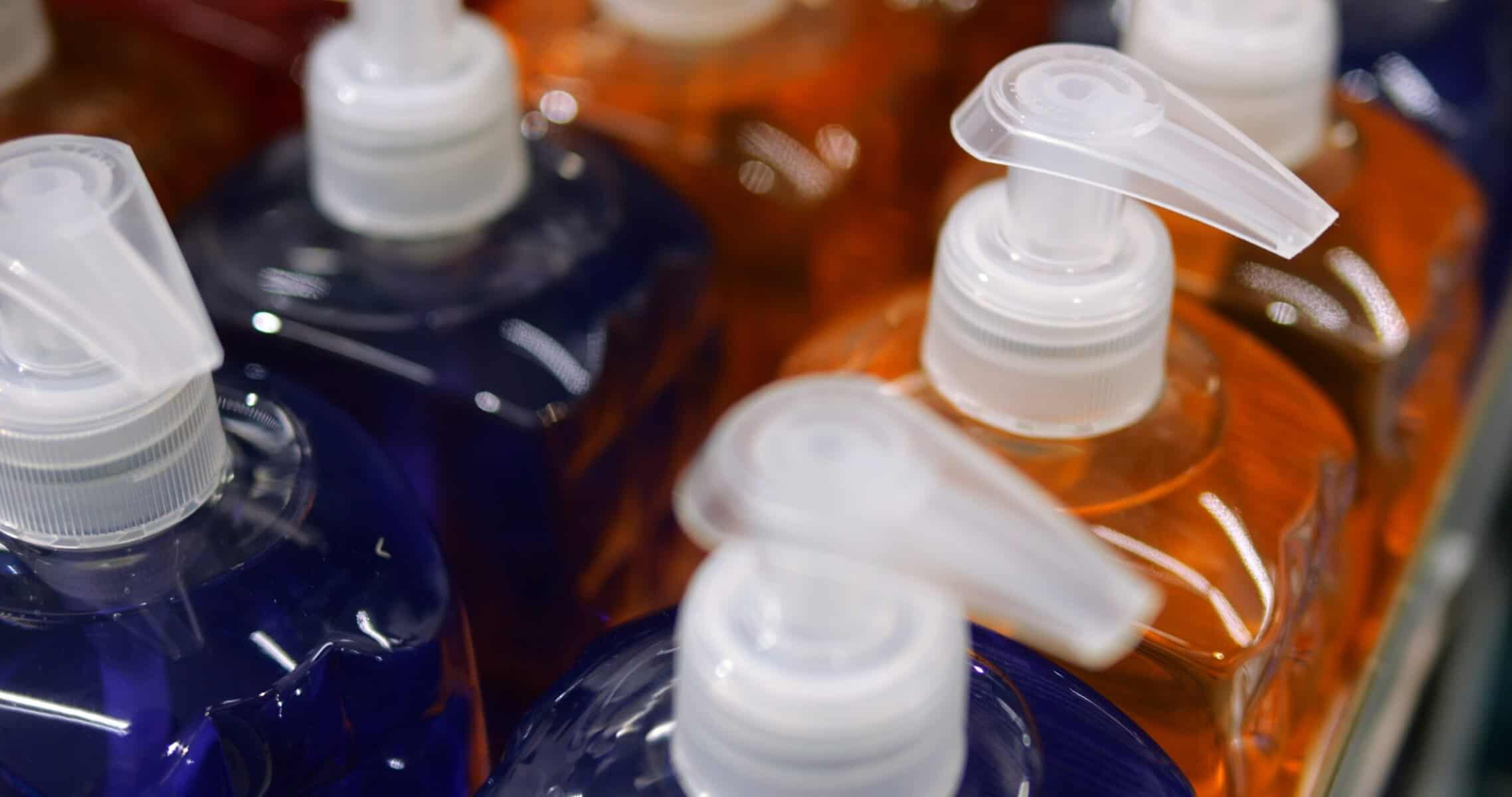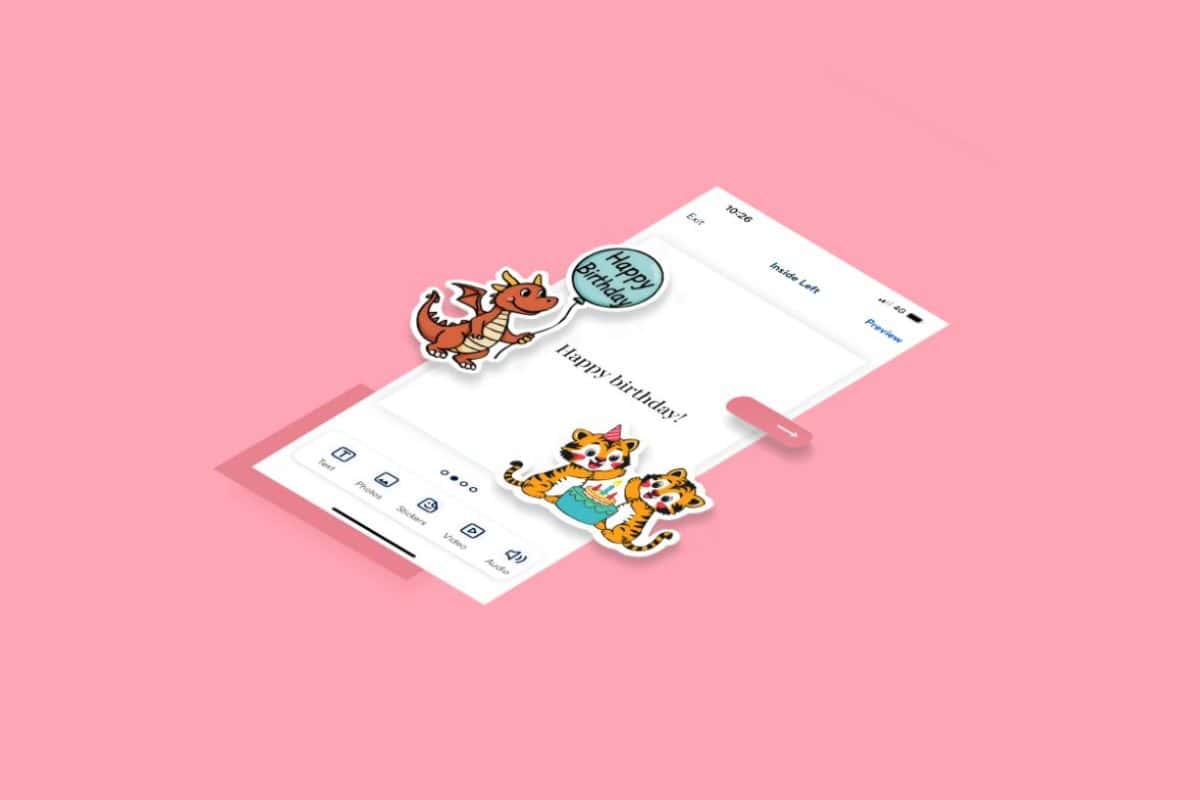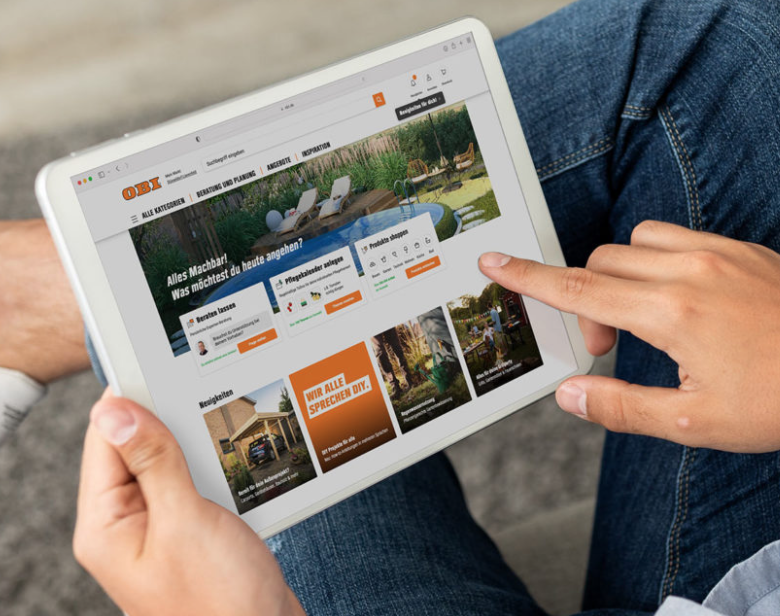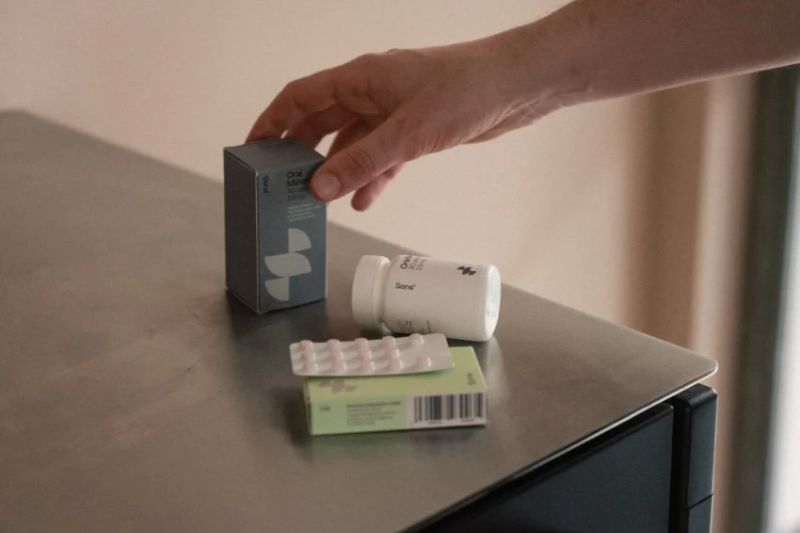InternetRetailing Growth 2000 retailer Raja (formerly Rajapack), has been on a ten year journey of digital transformation, which has generate extraordinary growth for the B2B packaging seller. And that growth is showing no signs of slowing. While the lockdown looked as if it may impact the company badly, in fact it turned out to be a boon. Sales shot up as the world went ecommerce crazy.
This is all the more impressive as the company’s growth has prompted a two year plan to move to a much larger HQ in the UK – a plan that came to fruition in June, at the height of the pandemic.
Raja moved in and is excited for what lies ahead. We caught up – remotely, of course – with Phil Spratling, Customer Marketing Director, at Raja just after the move to find out how it went and to hear how the French-owned company has created such growth, how it has maintained it through lockdown and what its plans for the future are.
INTERNETRETAILING (IR): You have opened a new warehouse and office site in the UK – how much bigger is it than your old one?
Phil Spratling, Customer Marketing Director, Raja (PS): The new warehouse is 267,000 sq. ft of space, the equivalent of 3.5 football pitches; that is up from 90,000 sq. ft in the previous warehouse. The racking height goes to a maximum of 13.5 metres whereas the old building had a maximum racking height of 12 metres, so the new warehouse has 40,000 pallet bays, five-times the 8,000 pallet spaces in the old warehouse.
There are also 20 HGV docking bays and four level access doors compared to eight docking bays and two level access doors at the old site, this is a big step up in scale and will allow for future growth for years to come.
We also have 24,000 sq. ft of office space compared to 10,000 sq. ft in the old building, which we were not intending to use in full prior to the COVID-19 pandemic. We adapted the office plans to take account of safe distancing, but will revert to our original plab when the government advice changes to allow a safe return to the office.
That has been one of the clear advantages of a new building: we have had a blank canvas to set social distancing measures in place without having the challenge of re-working a smaller existing site.
IR: The site is also much more sustainable – tell us about that?
PS: The new site has several features that are expected of a modern sustainable building: LED lighting is used throughout the warehouse and offices to reduce energy use. It also has a solar hot water system and rainwater harvesting to ensure water is efficiently used and heated with a reduced impact on the environment. It also helps the business reduce operating costs of running the building as well.
There are also charging points for four electric cars, which can easily be expanded further as required. We also wanted to encourage car sharing so have allocated 12 car parking spaces specifically for employees to do this – although this will have to be something that comes into play once the COVID-19 lock-down is relaxed enough to allow this to safely happen.
The building is leased from Prologis, our property partner, and it carbon offsets each building its constructs. Our new building has been carbon offset through the protection of 351 acres of rainforest at the Orangerie Bay project in Southern Papua New Guinea through the charity Cool Earth.
IR: What has been your growth strategy these past years to get you to being big enough to have this huge new build?
PS: The planning for this new building started over two years ago. Space for the product offering to expand was starting to get tight at that time, so we adapted the product range to ensure we had all the core packaging products in place and then worked at driving that product range through our target sectors of ecommerce, third-party logistics and exporters.
To do this we focussed on developing sales through digital channels and our field sales team. Digital growth was focussed on self-serve customers, typically smaller volume packaging buyers with growth in larger mid-market packaging buyers driven through field sales and account team development. Marketing budget has been increased through digital whilst the traditional direct selling catalogue budgets have been trimmed as digital sales have grown.
The field sales approach has been particularly important in driving the growth of personalised and custom-made packaging that our customers are increasing demanding to present their brand to their customers. This area is where we can really add value to our customers packaging requirements that can’t so easily be achieved digitally.
Over the past three years we have seen double digital sales growth year-on-year, which has put us in a strong commercial position to take on our new building and set us up for future growth for the next 10 years.
IR: How have you driven growth?
PS: We are driving growth through a balanced mix of customer retention and acquisition. Retention is driven through print catalogues and email marketing alongside clear account management through the sales team.
Acquisition is driven through both print catalogues and the full digital marketing mix of PPC, SEO content campaigns, affiliates, display and social. This provides a sales pipe-line for the sales teams to develop new customers and drive growth in the business.
The sales team are measured half-hourly in the business to track individual account growth and ensure we provide a high quality, service lead approach to customer relationship management.
IR: You started as a catalogue company and still produce a catalogue, but are now also digital – what mix of sales do you get from these channels?
PS: The Raja Group of companies has always been a distance selling specialist and has used targeted catalogues since the 1970s as an integral part of the marketing mix. Raja launched its first ecommerce website in France in the year 2000 and now website sales account for 33% sales turnover, with email/eprocurement 41% and telephone sales 22%.
Tracking print the catalogue’s absolute contribution to the marketing mix has been a challenge for at least the last 10 years, if not longer. Our analytical team regularly match back customer recruitment to the mailing files we send out and our targeting drives 45% of our business customers through to ordering online. We also analyse catalogue campaigns targeting our active customers to access which catalogues are driving spend in which time periods to adjust and develop our marketing plan.
IR: Talk us through how digital transformation has shifted sales, strategy and growth?
PS: The overall Raja Group strategy is to drive digital transformation in the Group to provide best in class digital services to our B2B customers over the coming years and to drive the RajaMarket strategy of being the business supplies provider of choice across Europe with 100,000s products available to our core target customers.
With this in mind, our CMS has been completely updated over 2019 and 2020, the web platform is undergoing a complete top to bottom overhaul and key best in class e-procurement services are being implemented to drive long term digital growth.
Catalogues spend is approximately 1/3 to digital marketing spend of 2/3 of the marketing mix. Seven years ago, this split was the other way around and this continued drive of digital is only likely to continue over the coming years.
IR: How do you work all these channels together to drive growth?
PS: With a lot of co-ordination and effort! Subsidiaries across the group are supported by our parent company in France and there is a huge amount of effort that goes into co-ordinating Group marketing strategy at a local country level. Each subsidiary in the Group takes and adapts the over-arching Group omni-channel strategy and adapts it to fit their market.
There is a huge collaborative effort to tie in the marketing campaigns across channel and take and share learning across the Group. This central direction helps tie the strategy together with subsidiaries given autonomy to manage their business for commercial success.
IR: What are the challenges of growing across all these channels?
PS: A big challenge is co-ordinating all the various projects and campaigns that are under-way at any one time and delivering to deadline with finite resources. It is the classic business issues that impact any growing business in terms of delivering day to day sales with longer term strategic aims.
IR: How has the pandemic impacted your growth and growth plans?
PS: When Covid-19 pandemic hit we were as nervous about the potential impact as every business. We quickly looked at sales forecasts and pulled back on marketing budgets in April, with catalogue mailings postponed literally as they waited for pick-up at the mailing house.
Digital spend was also re-aligned to focus on bottom of the funnel conversion channels such as PPC and affiliates.
We also reacted quickly to the business opportunities in April and focussed our sales teams on the business sectors that it quickly became apparent were growing. We also rapidly developed a whole range of COVID-19 products such as distancing floor markers, tapes, masks, plexi-screens to name a few and were launching these products on our website daily.
We put ourselves in a position to benefit from the up-turn in ecommerce sales as the country went into lockdown and the need for ecommerce packaging from businesses that were suddenly moving to selling online or seeing big increases in online selling.
As a result of this sales have grown very strongly through April and May and we re-aligned marketing budgets to take advantage of this sales growth. The reaction to the pandemic is a testament to our hard-working teams in the business, many of whom were getting used to working from home for the first time themselves.
We are conscious that we are one of the business sectors to have benefited from this period and are ready to adapt again, as necessary, as the whole country starts to come out of lock-down.
IR: Where are you looking to take Raja next?
PS: For us it is now about driving growth over the next 5 and 10 years and our new warehouse space gives us the platform to do this. It means we can grow the size of our product range that is available in stock 3-4 times the size it is today, providing our customers with much greater choice, delivered next day and faster if required. The digital transformation of the business will continue and over the next two-three years to ensure customers can purchase products in a way that meets their business procurement requirements.
